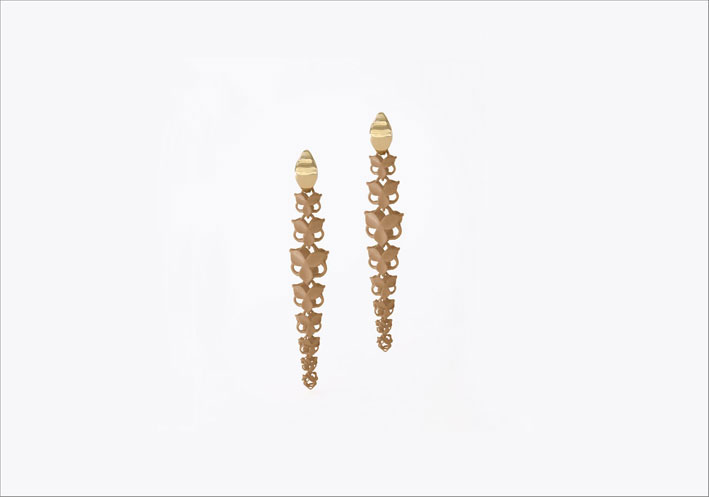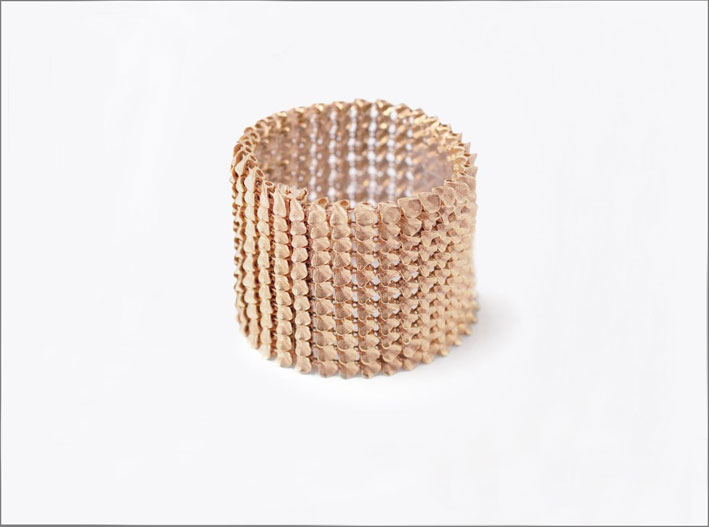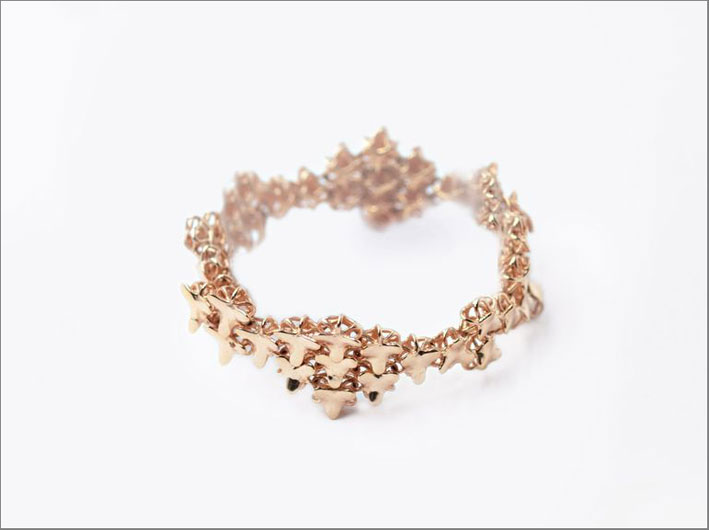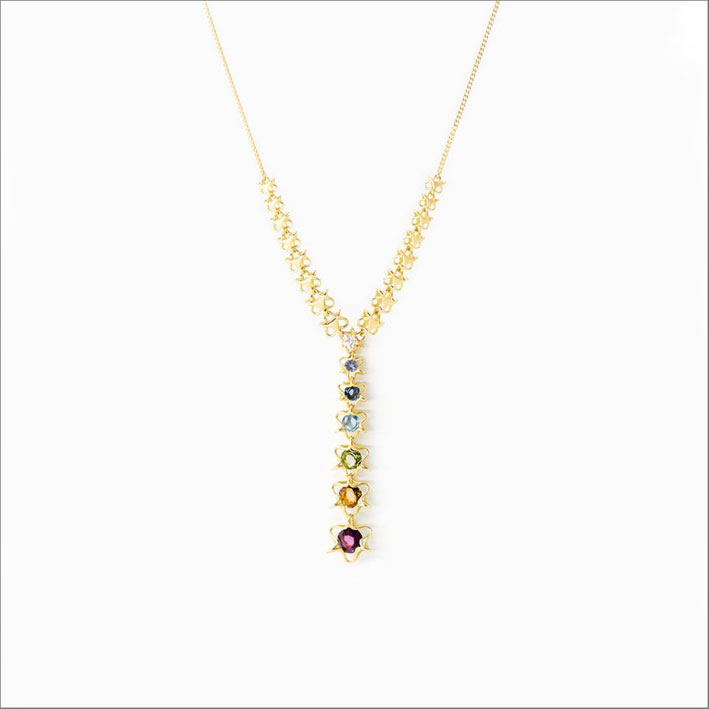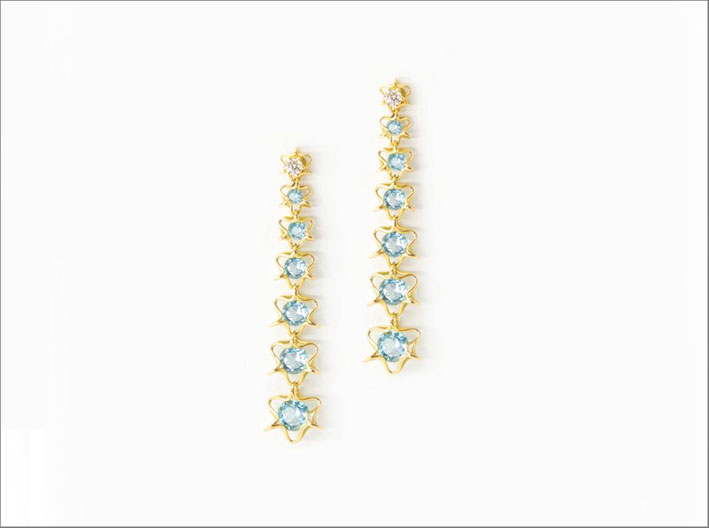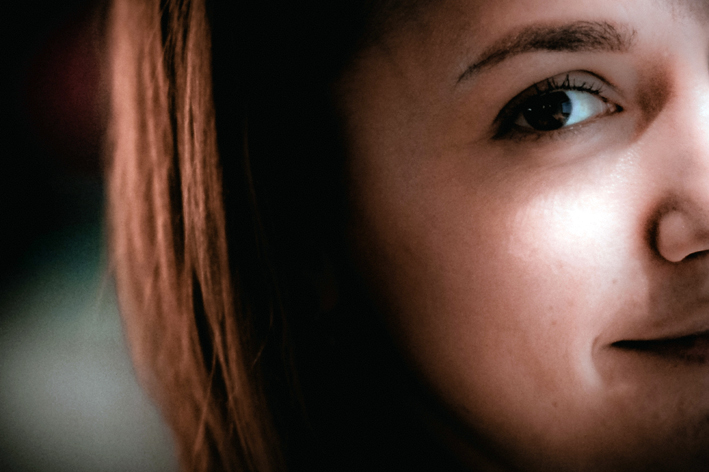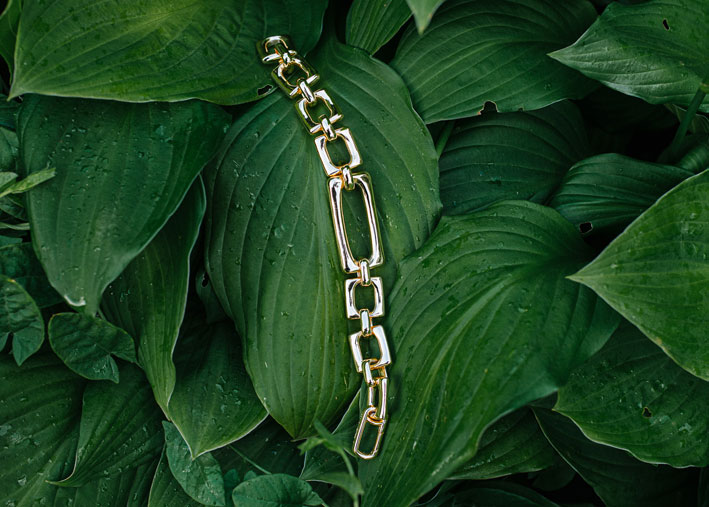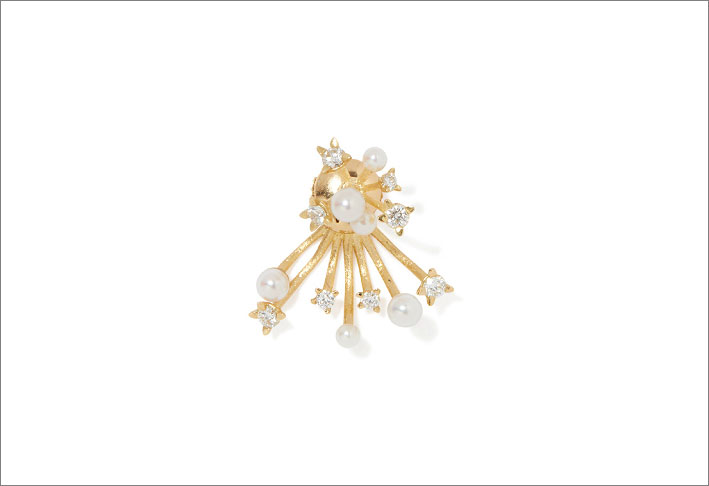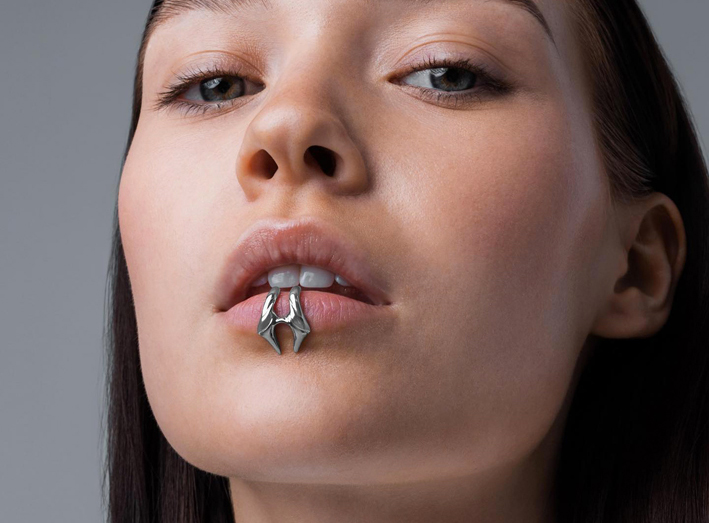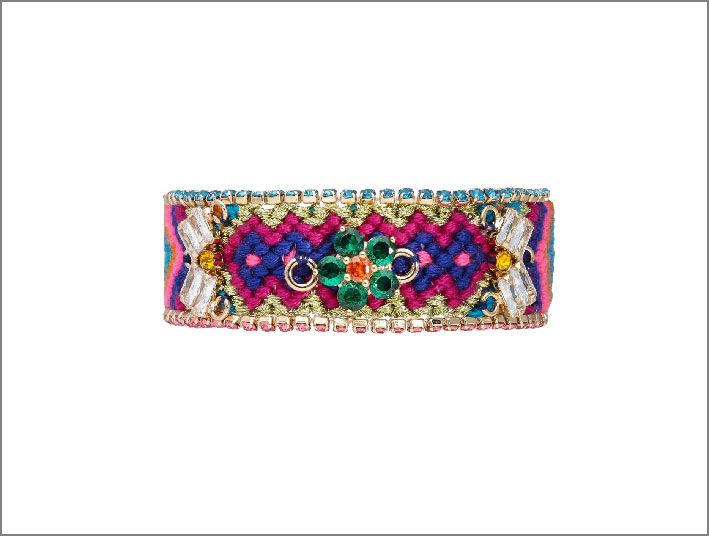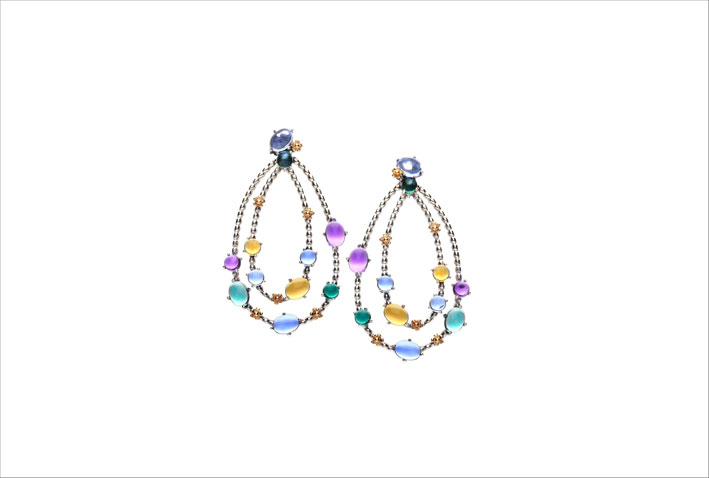Is 3D printing really the future of jewelry? There are those who, like the historic Viennese Maison Boltenstern, think so. And it is not a new jewelry start-up: the company takes its name from Sven Boltenstern, goldsmith and sculptor of the sixties and seventies. But it is his daughter Marie who founded the jewelry company. And, alongside traditional jewelery, in 18-karat gold (we have already talked about it here), it has also introduced jewelery made with the most modern 3D printers.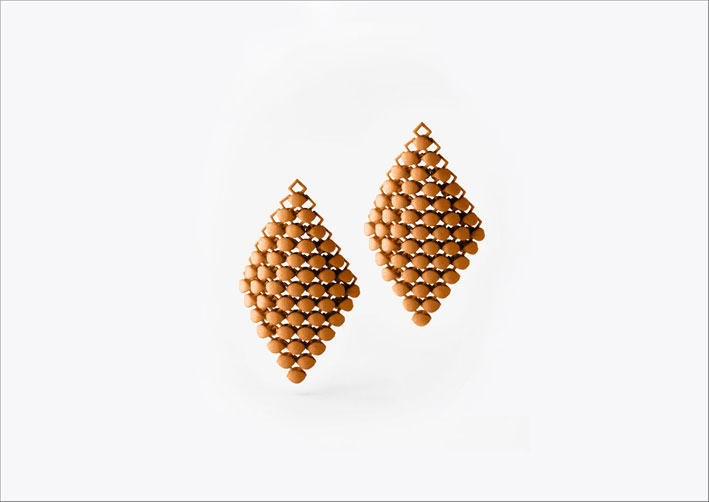
The line of jewelry produced in this way is called Fabnora and includes necklaces, earrings and bracelets, such as those inspired by the Amalfi Coast. How come this choice? According to Boltenstern, 3D printing is more sustainable, as it reduces waste by using only the necessary material and keeping excess waste to an absolute minimum. Each jewel is however designed and coded by a designer and then applied with a complex algorithm that can take months and even years to develop. Furthermore, a unique case in the world of jewelry, Boltenstern jewels are printed directly by applying a fine metal powder, layer by layer, to use recycled yellow gold, 18-carat rose or silver. But the metal is used only for a small part of the jewel, the rest is colored polyamide and fixed to a handmade pin in silver or gold, yellow or pink plated. An advantage is that despite the size, the earrings are very light and can be worn for a long time.

